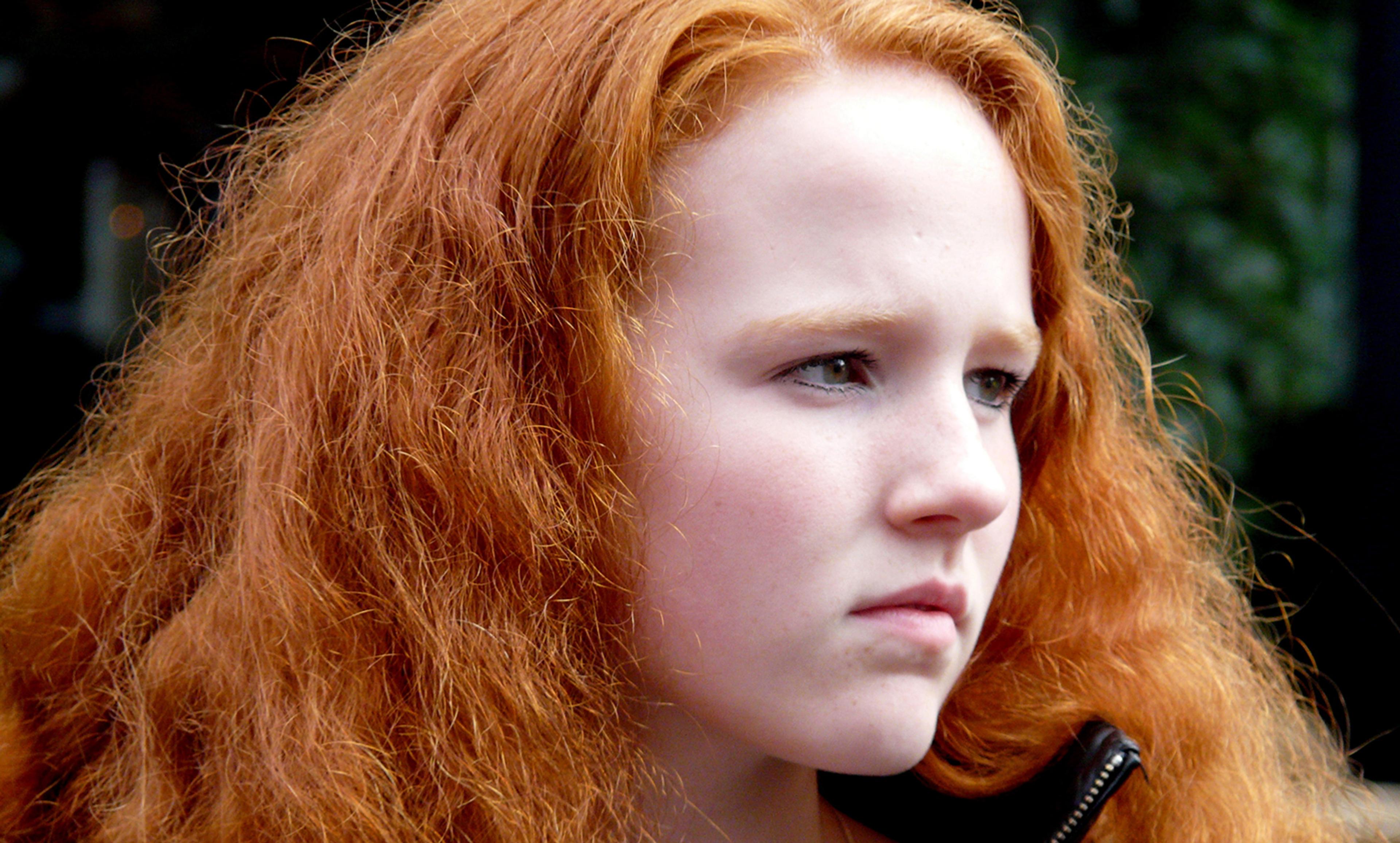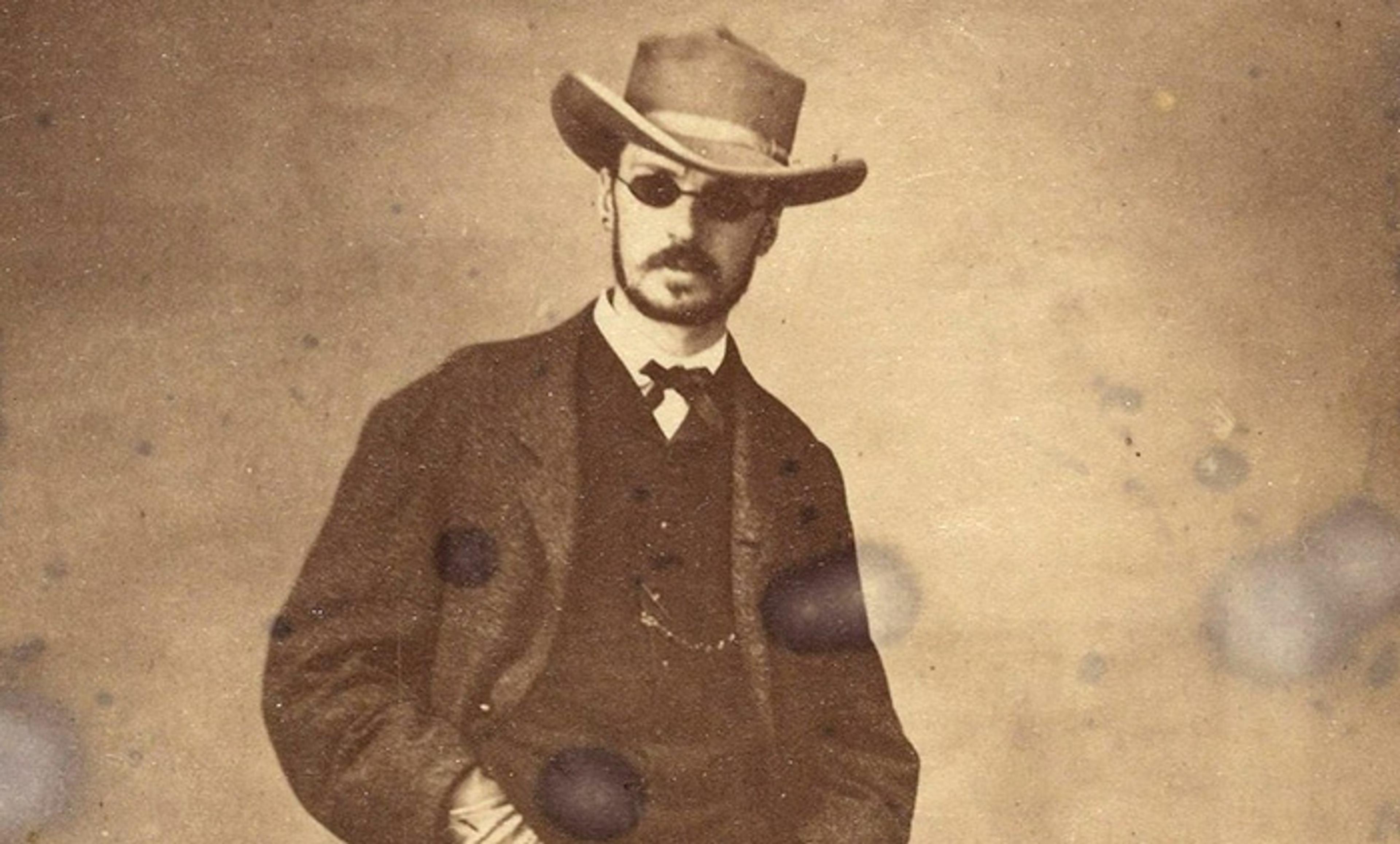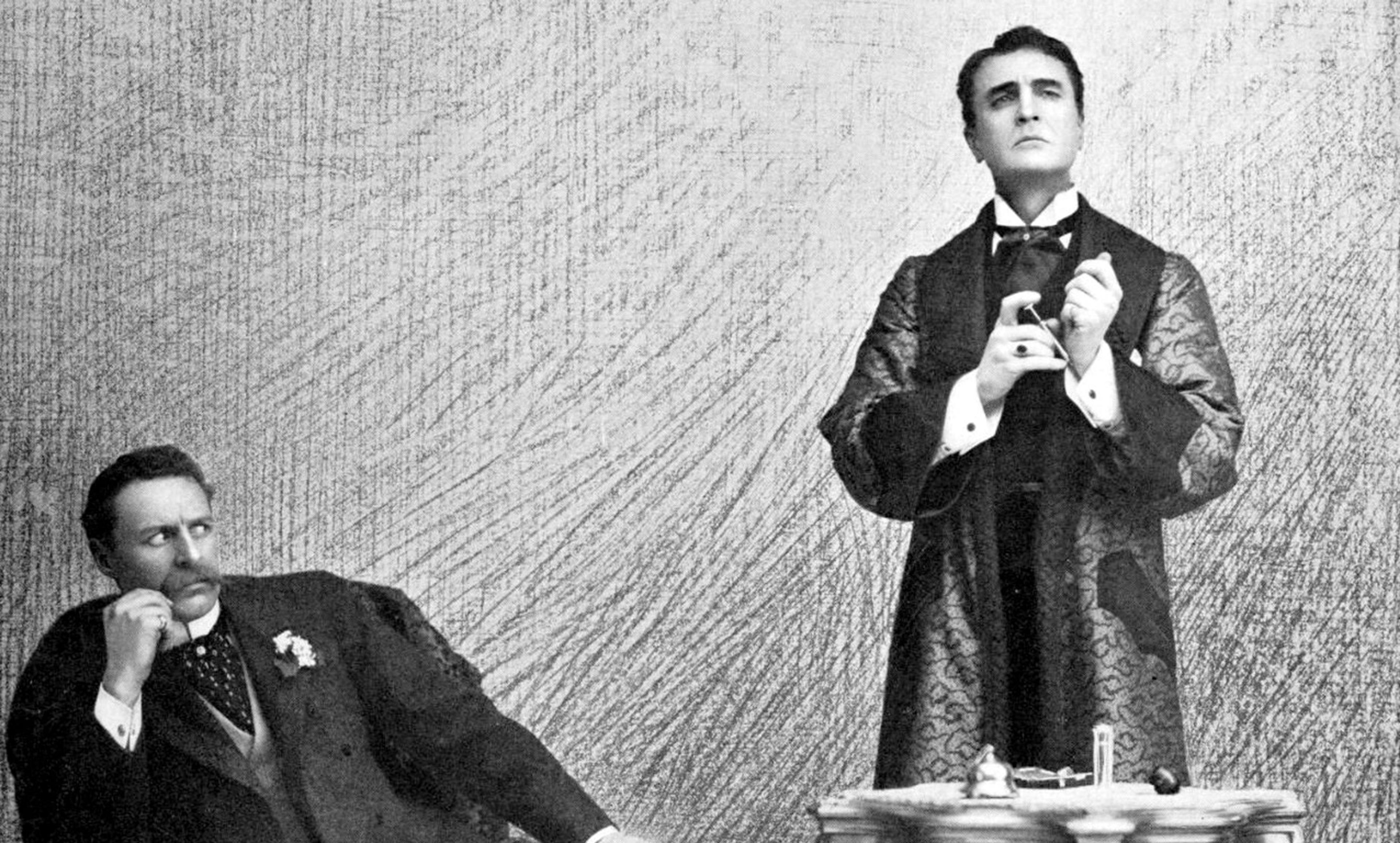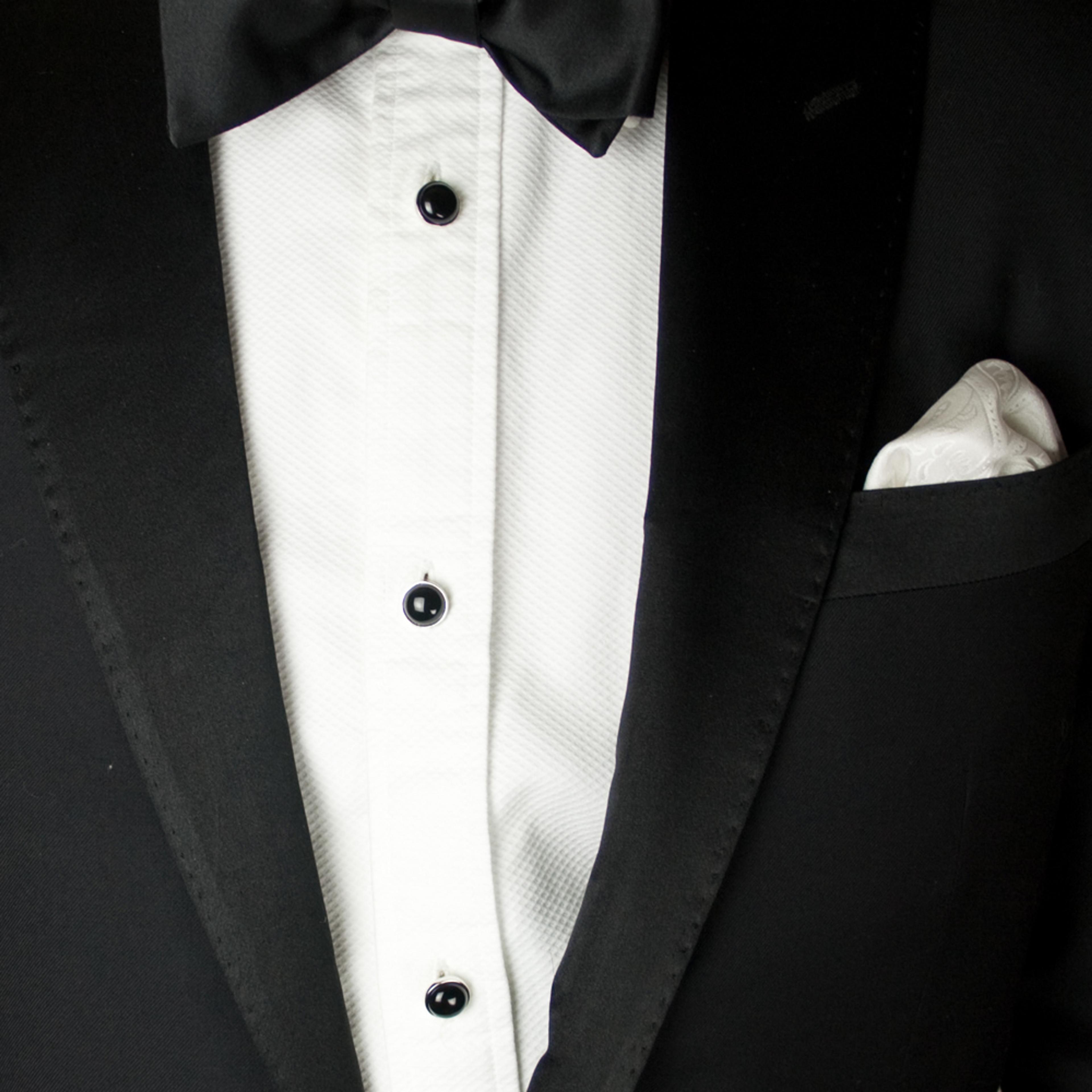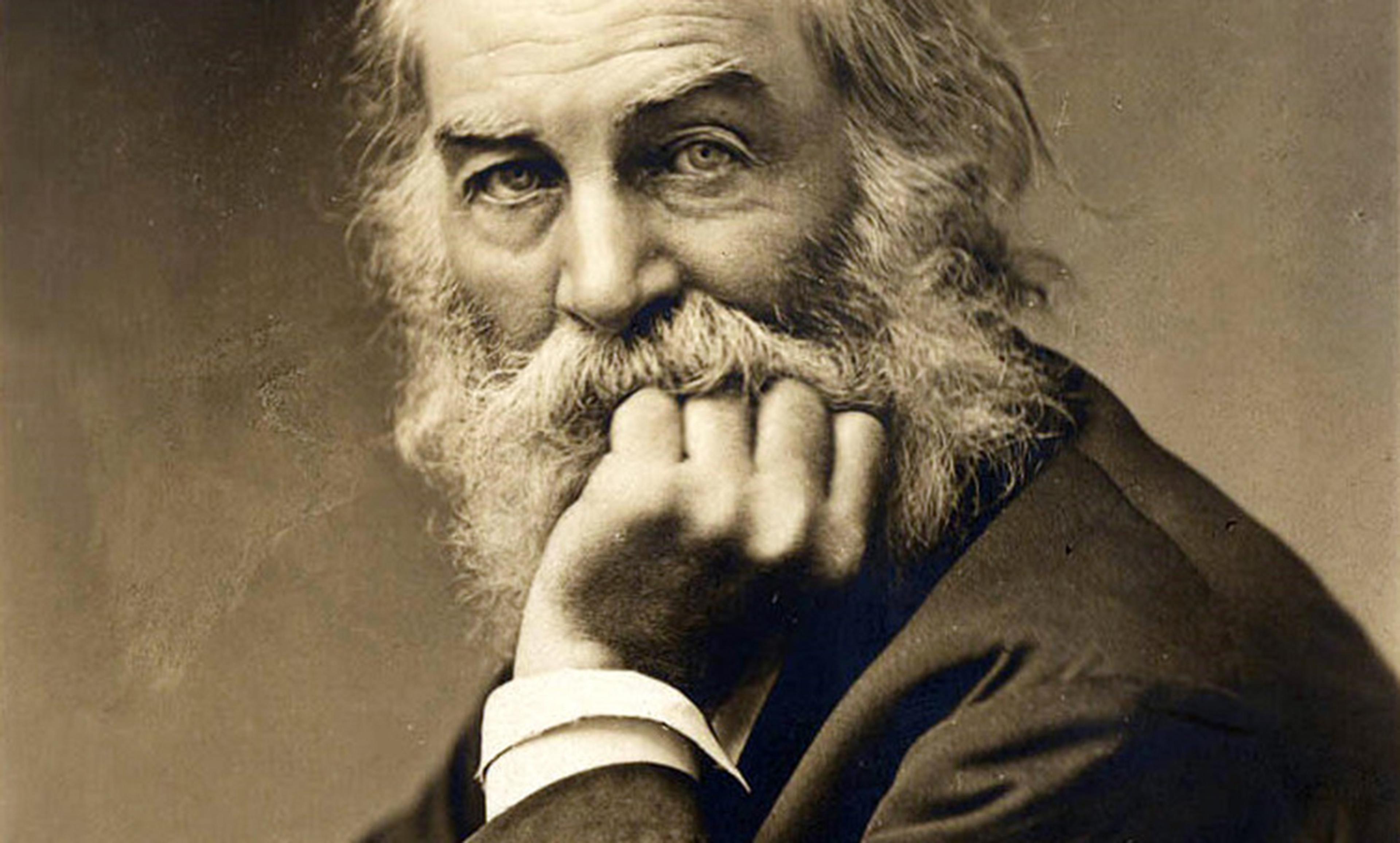Eddy Van 3000/Flickr
I have to start this with a confession – I’m probably not the same as you. I have this genetic quirk, one that is unknown to 98 per cent of the population of this planet. You may carry this same quirk somewhere in your DNA, but only two per cent of people will have it in the same double recessive form, making it visible, like me. Neither of my parents had any idea they were carriers until I was born; indeed I’m the only example of this particular genetic oddity in my family within living memory.
The most obvious result of this particular quirk is that my melanocytes operate differently from most people’s; but there are other differences that run much more than skin-deep. They mean that not only do I look slightly different from other members of my family, but, physiologically, I differ from them, too. For example, if I have surgery, my genetic quirk means I need 20 per cent more anaesthetic. I can manufacture adrenalin much more quickly as a result of it, and my cells can take up that adrenalin much more speedily too. The pH of my skin is more acidic than it would be otherwise. My immune system is slightly stronger, but on the downside, I am much more likely to suffer from Tourette’s, Parkinson’s and, as a woman, endometriosis. The individual hairs on my head are fewer and thicker and coarser, and have far stronger chemical bonds than yours – unless, of course, you recognise yourself as having the same genetic quirk as mine. In which case, you too will be a redhead.
If you’re not, really how different does that make us? Compare it with handedness, for example. A mighty 10 to 12 per cent of the population are left-handed, so you are five times as likely to be left-handed as you are to be a redhead. But is difference something you can measure simply with a number?
Another confession: one of the things that makes redheads different is that we say we’re different and, borrowing from the actions of many another group before us, hold festivals across the planet where we celebrate that difference, and try to do our bit to turn the negative of otherness on its head. There’s a new such festival in Melbourne this month; one planned for Plymouth later in 2016; others in Chicago, in Ireland, in Holland (the biggest of them all) and in 2014 there was even one on the Carrot Kibbutz in Israel. We have redhead internet groups – Ginger Parrot and Ginger with Attitude are two of the biggest in the UK; and even our own redhead web series, Redheads Anonymous. This does not happen for blondes or brunettes. We have our champions – Thomas Knights, Julianne Moore and Prince Harry, to name but three.
But difference can’t exist without its opposite, the agreed ‘norm’, and as I discovered in researching my book RED: A Natural History of the Redhead, while the fact of having red hair has always been perceived as setting redheads apart, what that difference has meant has itself differed – hugely. To an ancient Greek or Roman, my red hair would have meant I was everything they regarded as barbarian. In medieval Europe, it would have meant I was Jewish. The Tudor chronicler Richard Stanyhurst would have seen it as proof-positive that somewhere in my past I had bastardly Scythian blood; while 19th-century anthropologists would have seen it as a sign that my ancestors had been Vikings. From time immemorial, it signified that, as a woman, I was both sluttish and dangerous, although if you could get me into bed, it – the colour of my hair – would promise, in the words of the sociologist Grant McCracken in Big Hair (1995), ‘sensual delights of extraordinary proportions’.
By contrast, had I been a man, it would have meant I was a wimp. Over and over again, I have been told that it means I am Irish or Scottish (I am neither), while in Serbia, in the 19th century, as in South Park in 2005, it would have meant I was a vampire. Thank you, Cartman.
What is ‘difference’, anyway? We’re told to embrace it, and if we are it, to be proud. Making a difference, thinking differently, marching to the beat of a different drum – these are all spoken of as positives. Yet as any bullied child or marginalised adult can affirm, being different can put you in one of the loneliest and scariest places you could ever find yourself, while as a species we fear anything different, anything ‘other’, so violently that we will go to war over it.
Now a couple of reviewers took the discussion of difference in RED completely the wrong way, and accused my book of claiming that redheads have suffered the same kind of prejudice visited upon, say, the gay, or the Jewish, or the black communities. It makes no such claim; nor do I. As well as being a redhead I should say I am also white, middle class and university-educated and, lucky me, discrimination or prejudice or stereotyping is not something I have really had to counter in my life at all. But everyone perceived as being different, as Tolstoy might have put it, experiences being different in the same way. Whatever you have that makes you stand out from those about you, whether it’s religious belief or sexual orientation, or skin or hair colour, that will be the characteristic with which you will be stereotyped by those unlike you.
Way back in 1659, Obadiah Walker, the Master of University College, Oxford, spoke against the ‘putting of disesteem’ (lovely word!) and of the ‘vilifying of red-hair’d men’. ‘I could wish,’ he said, and you can hear the weary sigh, ‘that men would not hoodwink themselves with their own prejudice.’ They did, however, and they still do; we all do. So if you’re not a redhead and want to know how different it is being one, the best answer I can give you is this: I am exactly as different as you make me.
